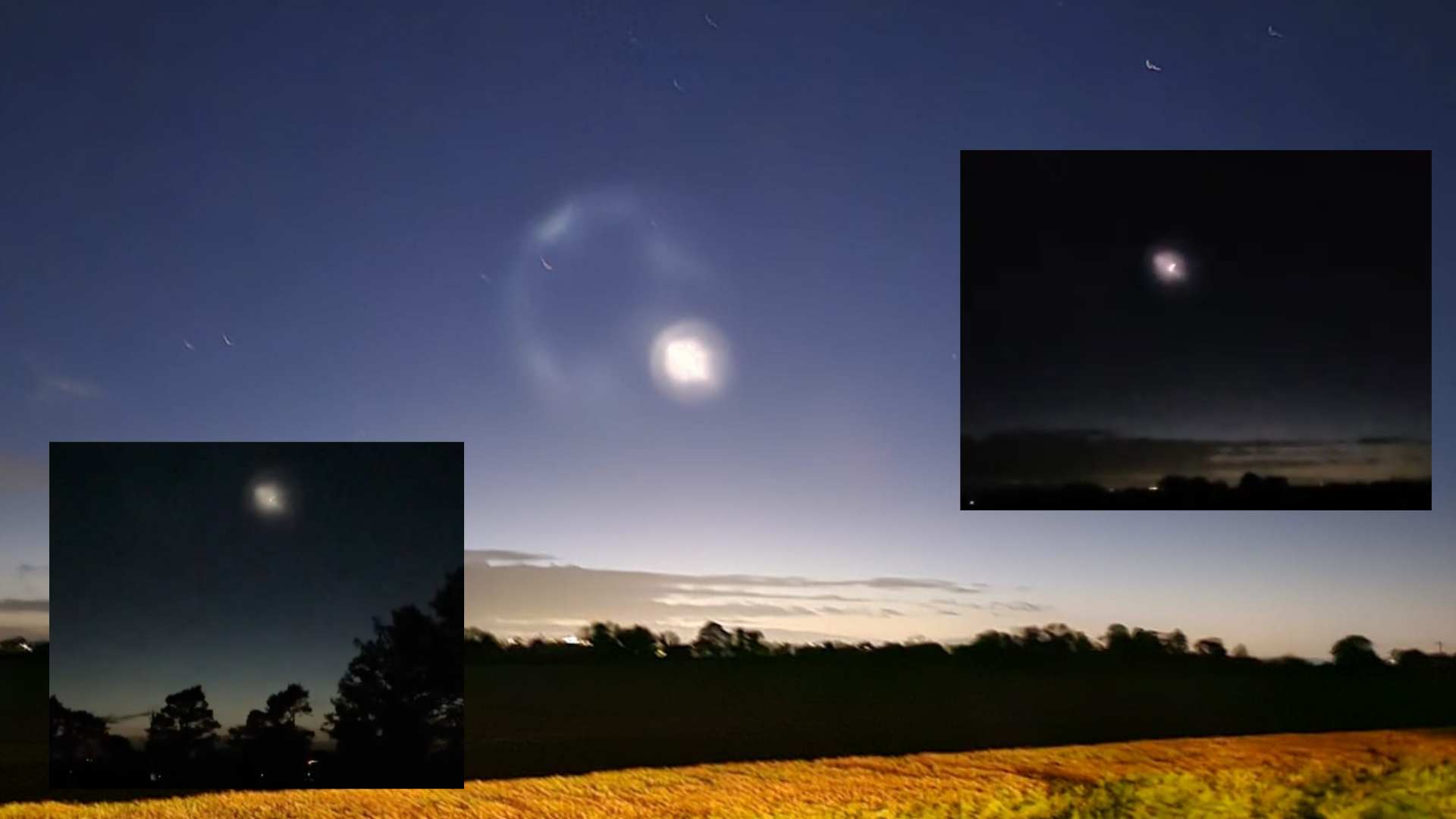
Scientists propose new telescope design to find Earth 2.0

A team of researchers has set out a novel way to detect Earth-like planets orbiting nearby stars, a breakthrough that could accelerate the search for life beyond the solar system.
The proposal centres on a rectangular space telescope about the same overall size as the James Webb Space Telescope. Unlike Webb’s circular mirror, the new design would use a mirror one metre wide and 20 metres long. This shape would make it possible to block the glare of a star and capture the faint infrared signal of a planet with liquid water.
Existing methods have fallen short. Webb, at 6.5 metres across, is too small to separate the light of a planet from the brilliance of its parent star. Other ideas, such as flying a cluster of smaller telescopes in formation or deploying giant “starshades” to mask starlight, are beyond current engineering capabilities or too costly to pursue.
The rectangular design avoids those obstacles. By rotating its long mirror to line up with a target, the telescope could detect about half of all potentially habitable planets around sun-like stars within 30 light years in less than three years of observations.
If such planets are as common as some models predict, the instrument could identify around 30 candidates. Their atmospheres could then be studied for gases such as oxygen that are strongly associated with life.
The scientists behind the study say the design offers a practical route to finding what they describe as a true sister planet, an Earth 2.0, within reach of existing technology.









